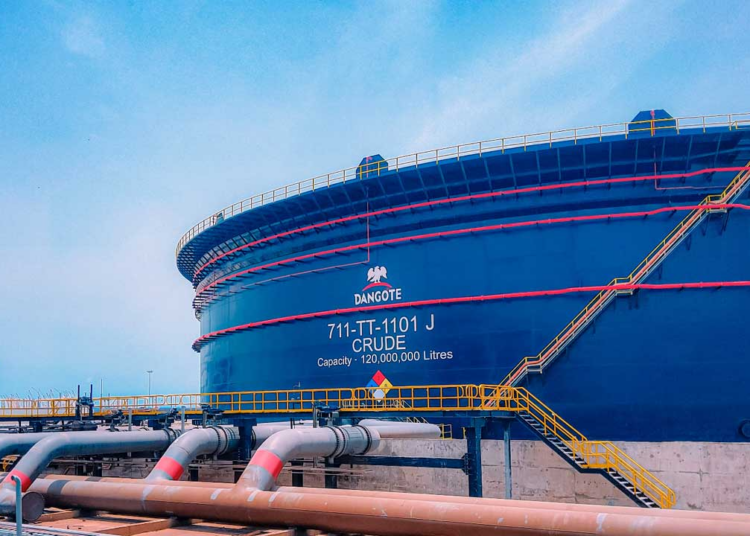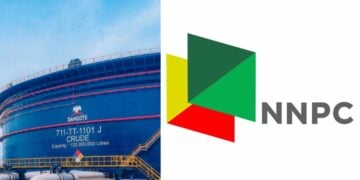Signals from the global oil market are showing signs of possible oversupply of crude which could limit the price of crude that could impact consumption.
Already there is a key factor in global supply-demand balances which is faltering as consumption stalls and profit margins shrink.
The slowdown bolsters the possibility that an oversupply of crude is looming, a threat that has limited oil prices to a roughly seven per cent gain this year despite the Organization of Petroleum Exporting Countries OPEC+’s production cuts and rising geopolitical tensions.
The trend also bucks the International Energy Agency’s (IEA) estimate that global fuel makers will process almost 900,000 barrels a day more this year.
Margins to convert crude into fuels are shrinking amid mismatches in the timing of refinery closures, conversions and new capacity additions at the same time as electric vehicles and heavy trucks fueled by LNG are growing in popularity in China, the world’s top oil importer.
At the same time, global supplies of crude are expected to rise through the end of the year, even as new refineries ramp up.
The US has been able to ship some of its surplus to Nigeria’s Dangote mega refinery which has been feasting on oil from the Permian formation and Mexico’s Dos Bocas refinery is slated to start production this year.
In total, between 2023 and 2030, the world is expected to add about 4.9 million barrels a day of net capacity, roughly what India processes now, according to Bloomberg NEF.
In Nigeria the Management of Dangote refinery is calling on the Nigerian Upstream Petroleum Regulatory Commission (NUPRC) to enforce the domestic crude supply policy.
It also corrects media reports alleging that the Dangote Refinery has backtracked by acknowledging that the Nigerian National Petroleum Company (NNPCL) supplied about 60 per cent of the 50 million barrels we lifted.
The group chief, Branding and Communications Officer, Anthony Chiejina, in a statement said, “To clarify, we have never accused NNPC of not supplying us with crude. Our concern has always been NUPRC’s reluctance to enforce the domestic crude supply obligation and ensure that we receive our full crude requirement from NNPC and the IOCs.
“For September, our requirement is 15 cargoes, of which NNPC allocated six. Despite appealing to NUPRC, we’ve been unable to secure the remaining cargoes. When we approached IOCs producing in Nigeria, they redirected us to their international trading arms or responded that their cargoes were committed.
“Consequently, we often purchase the same Nigerian crude from international traders at an additional $3-$4 premium per barrel which translates to $3-$4 million per cargo. We therefore still insist that we are unable to secure our full crude requirement from domestic production and urge NUPRC to fully enforce the domestic crude supply obligation as mandated by the PIA.”
Also, the minister of state for Petroleum Resources, Senator Heineken Lokpobiri, convened a high-level meeting with oil and gas stakeholders to resolve the then-publicised issues surrounding the implied demarketing of the Dangote Petroleum Refinery.
This follows intervention by the Nigerian Midstream and Downstream Petroleum Regulatory Authority (NMDPRA) chief executive, Farouk Ahmed, where the NMDPRA boss had described crude oil from the Dangote refinery as inferior to imported ones.
Meanwhile, some of the top US oil refiners are throttling back operations at their facilities this quarter, adding to concerns that a global glut of crude is forming.
Marathon Petroleum Corp. owner of the largest US refinery plans to operate its 13 plants at an average of 90 per cent of capacity this quarter, the lowest for the period since 2020.
Similarly, PBF Energy Inc. announced it’s preparing to process the least crude in three years, Phillips 66 will run its refineries near a two-year low and Valero Energy Corp. expects to trim oil processing.
Together, those four refiners account for about 40 per cent of America’s capacity to churn out gasoline and diesel.
The US fuel making complex, a key factor in global supply-demand balances — is faltering as consumption stalls and profit margins shrink.





